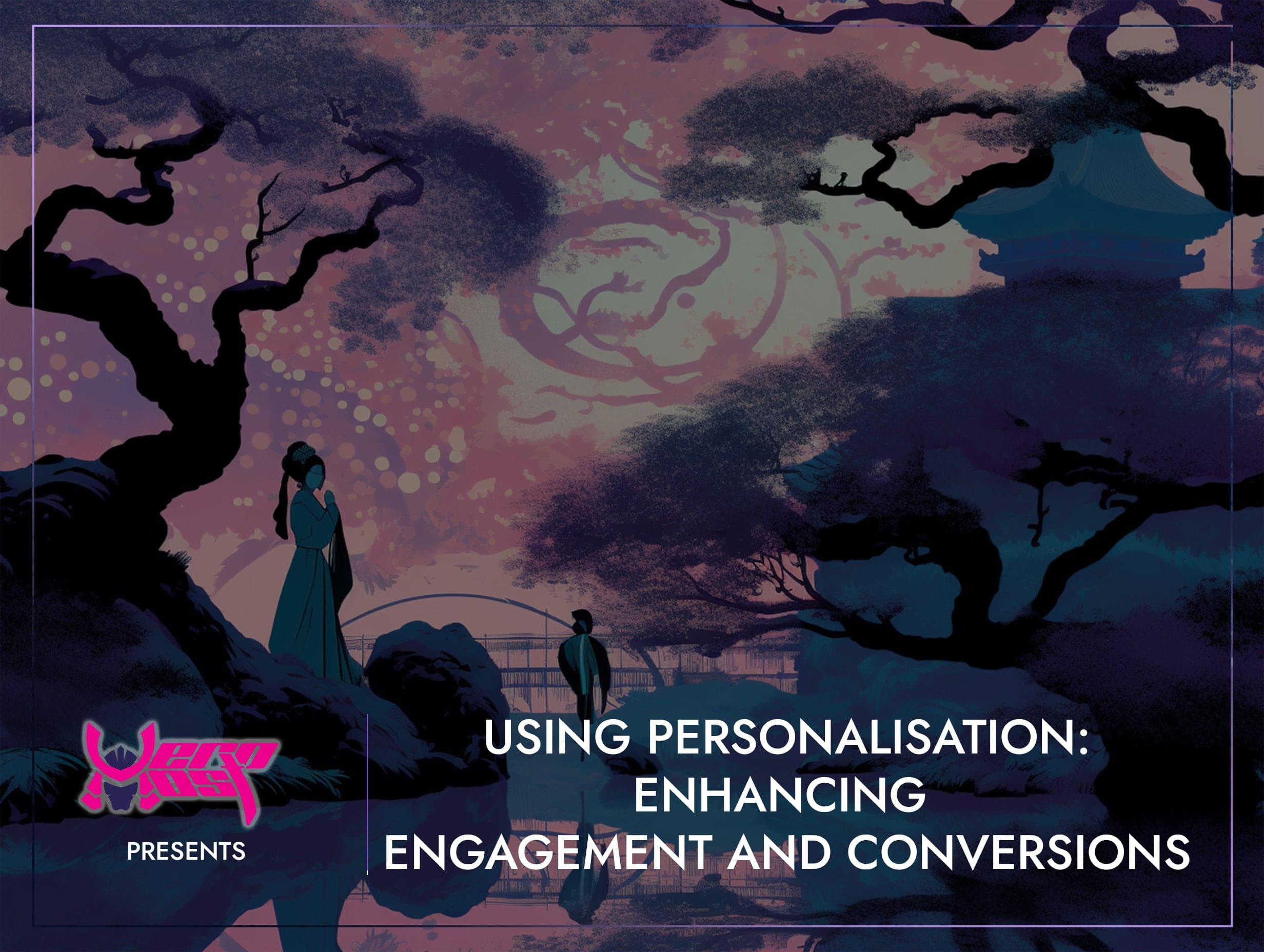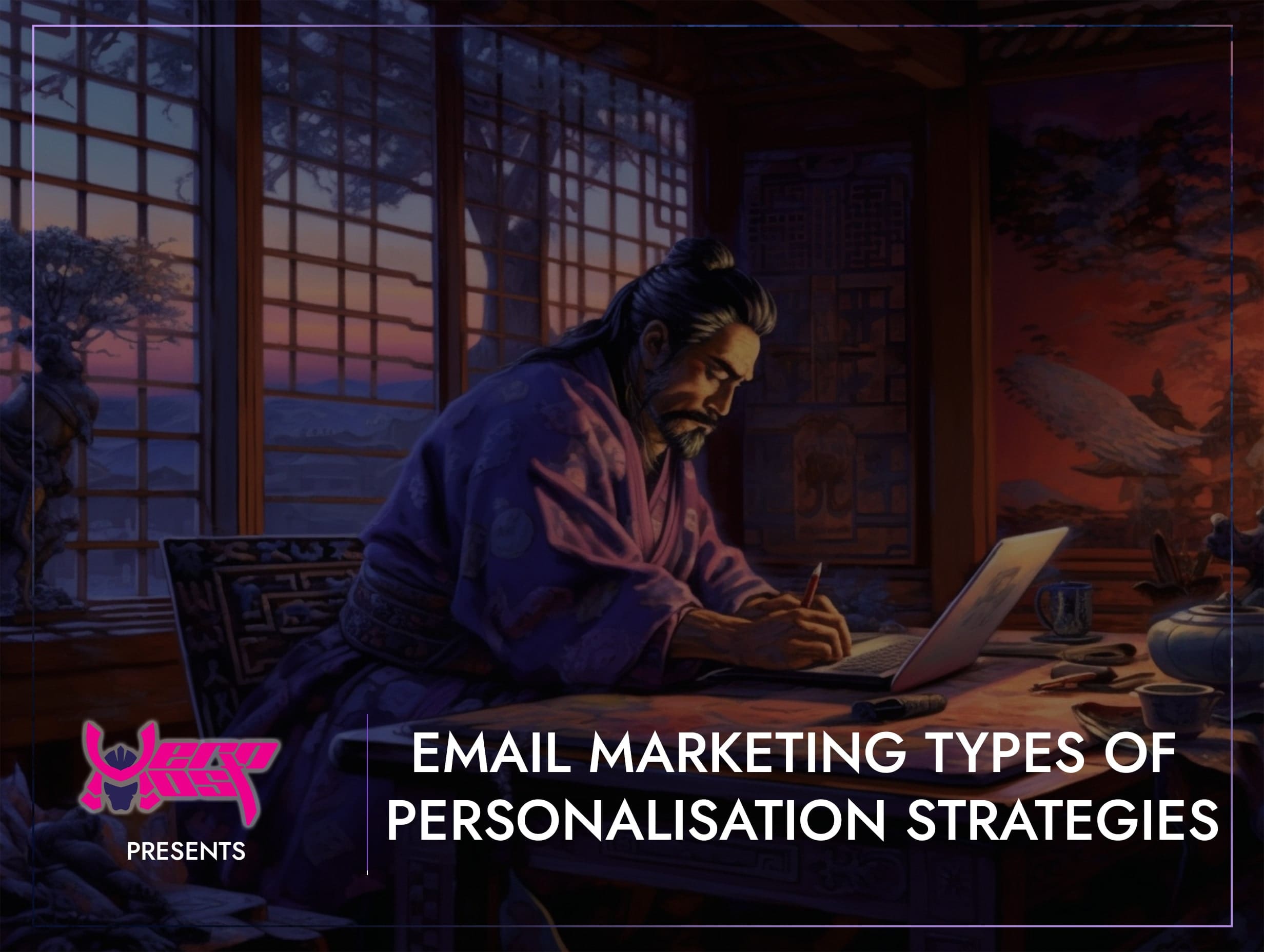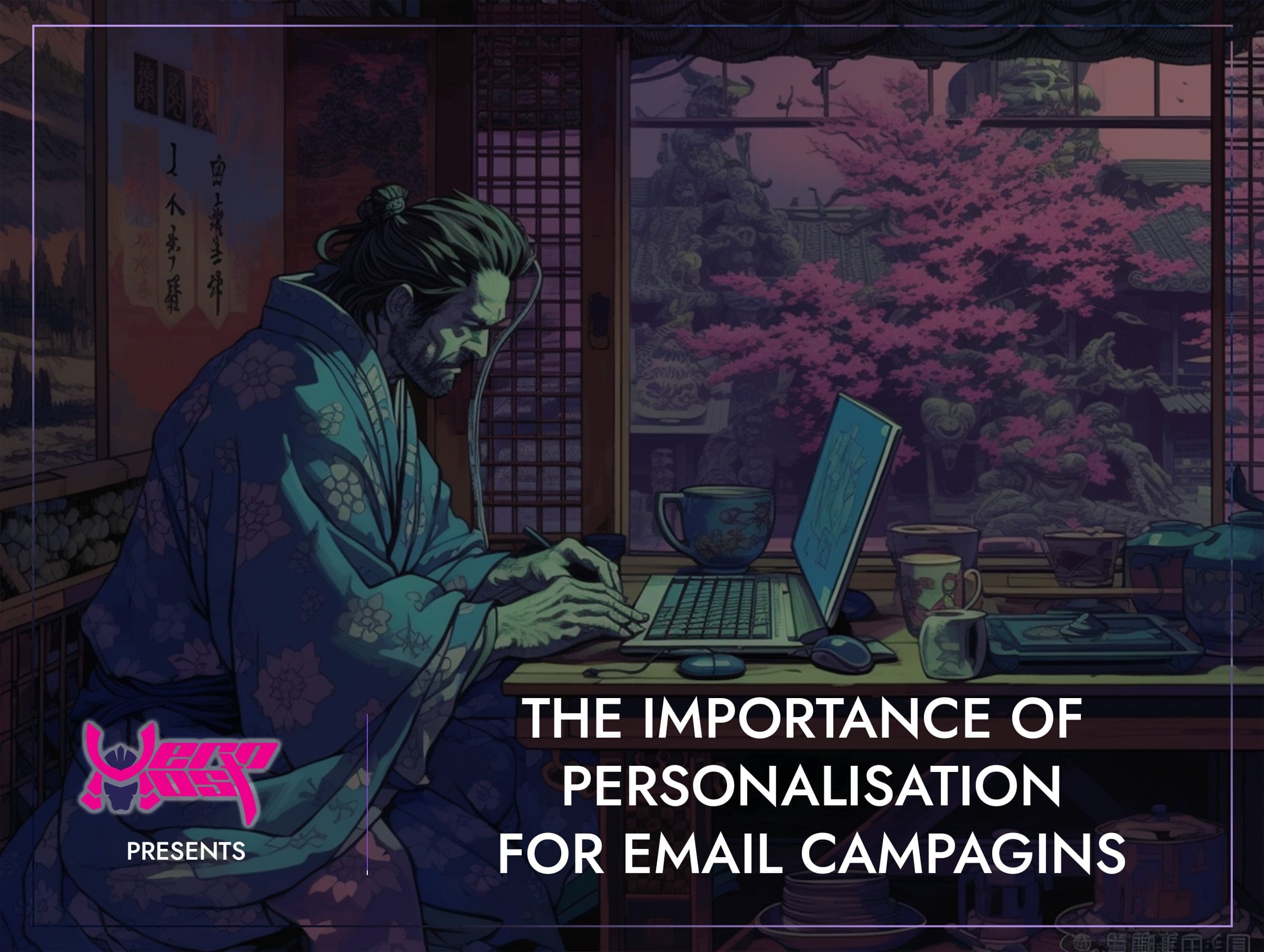Using Personalisation to Enhance Email Engagement and Conversions
- Home
- Email Marketing
- Using Personalisation to Enhance Email Engagement and Conversions

- Mikey Ryu
- May 3, 2024
- 0
Using Personalisation to Enhance Email Engagement and Conversions
In the realm of email marketing, engagement and conversions are the ultimate goals. But in a world where consumers are bombarded with countless emails every day, standing out from the crowd and capturing their attention can be a daunting task. This is where personalisation comes into play. By tailoring email content to the individual preferences, behaviours, and interests of recipients, marketers can create more engaging and compelling messages that drive higher levels of engagement and ultimately, conversions. In this blog post, we’ll explore how to effectively use personalisation to enhance email engagement and conversions.
1. Crafting Personalised Content:
At the heart of effective personalisation lies the ability to create content that speaks directly to the recipient. This goes beyond simply addressing them by name—it’s about delivering relevant and valuable content that resonates with their interests and needs. Whether it’s product recommendations based on past purchases, content tailored to their browsing history, or special offers based on their preferences, personalised content captures attention and encourages recipients to take action.
2. Dynamic Content Blocks:
Dynamic content allows marketers to create emails with sections that change based on recipient data. This could include personalised product recommendations, location-based offers, or content tailored to specific segments of your audience. By leveraging dynamic content blocks, marketers can deliver more relevant messages that capture the attention of recipients and drive higher levels of engagement.
3. Segmentation and Targeting:
Segmentation involves dividing your email list into smaller, more targeted groups based on specific criteria such as demographics, behaviour, or preferences. By segmenting your audience and targeting your messaging accordingly, you can deliver content that is more likely to resonate with each group. This not only increases engagement but also improves the likelihood of conversions by delivering the right message to the right person at the right time.
4. Personalised Subject Lines and Preheaders:
Subject lines and preheaders are the first things recipients see when they receive an email, making them critical components of any email marketing campaign. Personalising subject lines and preheaders with the recipient’s name or referencing their recent interactions with your brand can help grab attention and increase open rates. By crafting personalised subject lines and preheaders, marketers can entice recipients to open their emails and engage with the content inside.
5. Behavioral Triggers and Automation:
Behavioural triggers are automated emails that are triggered based on specific actions or behaviours taken by the recipient. This could include welcome emails for new subscribers, abandoned cart reminders for customers who have left items in their shopping cart, or re-engagement campaigns for inactive subscribers. By sending targeted messages in response to specific behaviours, marketers can create more personalised experiences that resonate with recipients and drive desired actions.
6. A/B Testing and Optimisation:
As with any aspect of email marketing, it’s important to continually test and optimise your personalisation efforts to ensure maximum effectiveness. This could involve testing different personalisation tactics, such as subject lines, content, or calls to action, to see what resonates best with your audience. By analysing the results of these tests and making data-driven optimisations, marketers can continually improve the performance of their email campaigns and drive higher levels of engagement and conversions.
In conclusion, personalisation is a powerful tool for enhancing email engagement and conversions. By crafting personalised content, leveraging dynamic content blocks, segmenting and targeting your audience, personalising subject lines and preheaders, using behavioural triggers and automation, and continually testing and optimising your efforts, marketers can create more engaging and compelling email experiences that drive results. So whether you’re a seasoned email marketer or just getting started, consider incorporating these strategies into your next campaign to take your email marketing efforts to the next level.
Search
Categorys
- Branding (12)
- Business Growth Guides (3)
- Business Insights (3)
- Content Marketing (43)
- Domain Authority (19)
- Email Marketing (28)
- Google Analytics & Search Console (5)
- Hack or Not (2)
- Hero Host News (0)
- Inbound Marketing (32)
- Lessons From Asia (40)
- Marketing Guides (11)
- Martial Arts Journey (14)
- Outbound Marketing (8)
- Search Engine Optimisation (SEO) (41)
- Social Media Marketing (38)
- Web Design (20)
- Website Hosting (4)
- Wordpress (2)






